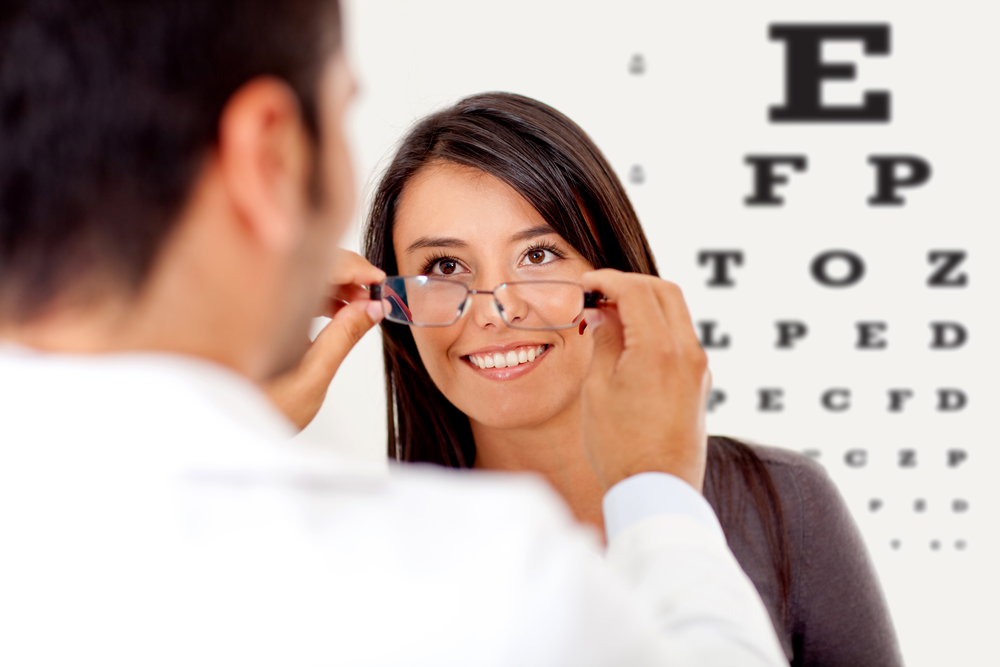
Welcome to May, when we celebrate Healthy Vision Month! As we embark on this month-long journey of raising awareness about the importance of eye health, the Discovery Eye Foundation is thrilled to join the cause.
Our vision is a precious gift and it’s crucial to take proactive steps to maintain it. In this blog post, we’ll explore the significance of Healthy Vision Month and share valuable tips to help you safeguard your eyesight for years to come.
Healthy Vision Month is more than just an annual observance; it’s a reminder of the critical role that vision plays in our daily lives. Our eyes enable us to experience the world around us, from admiring breathtaking landscapes to connecting with loved ones through meaningful eye contact and so much more. According to the American Academy of Ophthalmology, approximately 75% of adults use some form of vision correction, highlighting the prevalence of vision issues in society. However, many people overlook the importance of regular eye care until they encounter vision problems. By dedicating the month of May to promoting eye health awareness, we can empower individuals to prioritize their vision and take proactive measures to preserve it.
 Here are a few ways you can help protect your vision
Here are a few ways you can help protect your vision
- Get an annual comprehensive dilated eye exam.
- Know your family’s eye health history. It’s important to know if anyone has been diagnosed with an eye disease or condition, since some are hereditary.
- Eat right to protect your sight: In particular, eat plenty of dark leafy greens such as spinach, kale, or collard greens, and fish that is high in omega-3 fatty acids such as salmon, albacore tuna, trout, and halibut. Visit Eye Cook for eye healthy recipes.
- Maintain a healthy weight and exercise regularly.
- Wear protective eyewear when playing sports or doing activities around the home, such as painting, yard work, and home repairs.
- Quit smoking or never start.
- Wear sunglasses that block 99 -100 percent of ultraviolet A (UVA) and ultraviolet B (UVB) radiation.
- Wash your hands before taking out your contacts and cleanse your contact lenses properly to avoid infection.
- Practice workplace eye safety.
Taking care of your eyes also may benefit your overall health. People with vision problems are more likely than those with good vision to have diabetes, poor hearing, heart problems, high blood pressure, lower back pain and strokes, as well as have increased risk for falls, injury and depression.
In addition to your comprehensive dilated eye exams, visit an eye care professional if you have:
- Decreased vision
- Eye pain
- Drainage or redness of the eye
- Double vision
- Diabetes
- New floaters (tiny specks that appear to float before your eyes)
- Circles (halos) around light sources or if you see flashes of light
For this Healthy Vision Month, take care of your eyes to help them last a lifetime.








 Tom Sullivan
Tom Sullivan


 Tom Sullivan
Tom Sullivan
 The Difference Between an
The Difference Between an  World KC Day is November 10th!
World KC Day is November 10th! 

